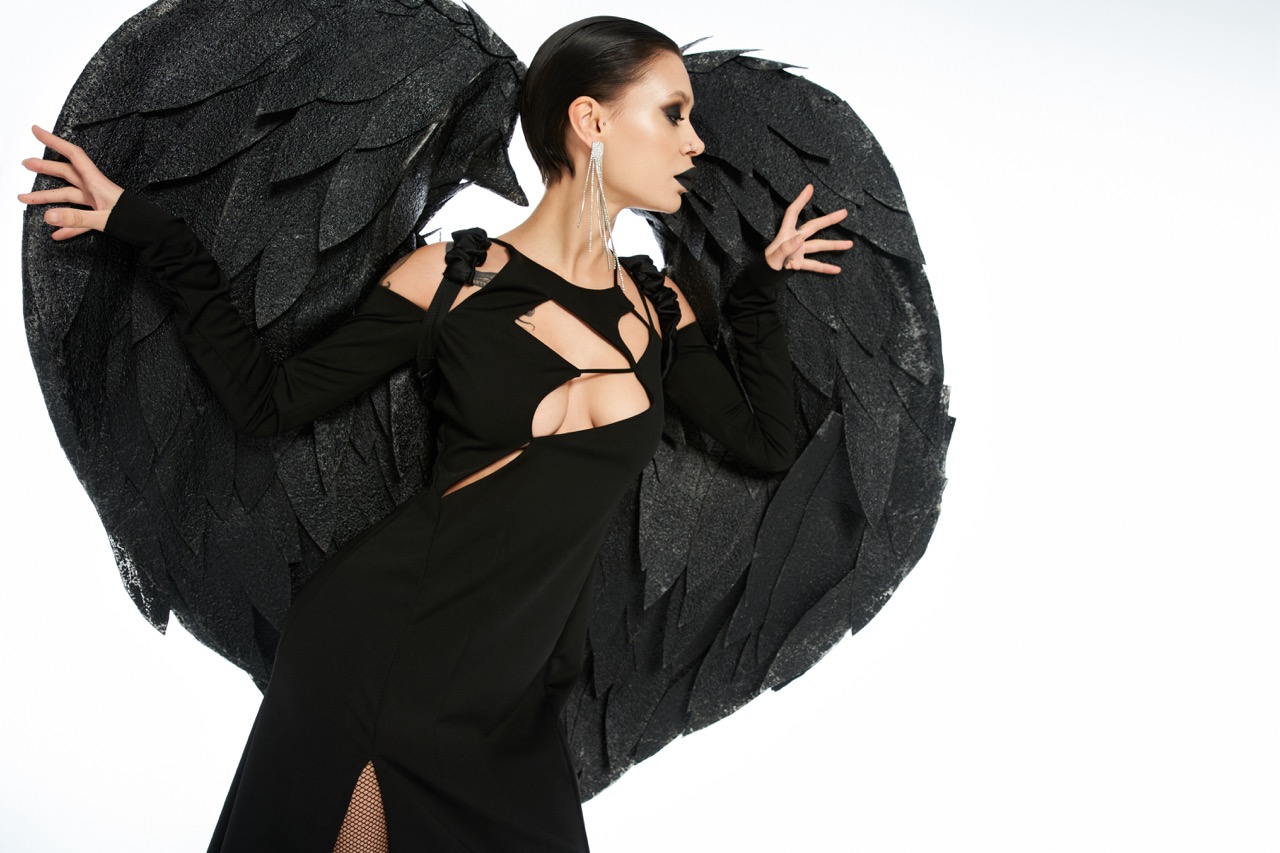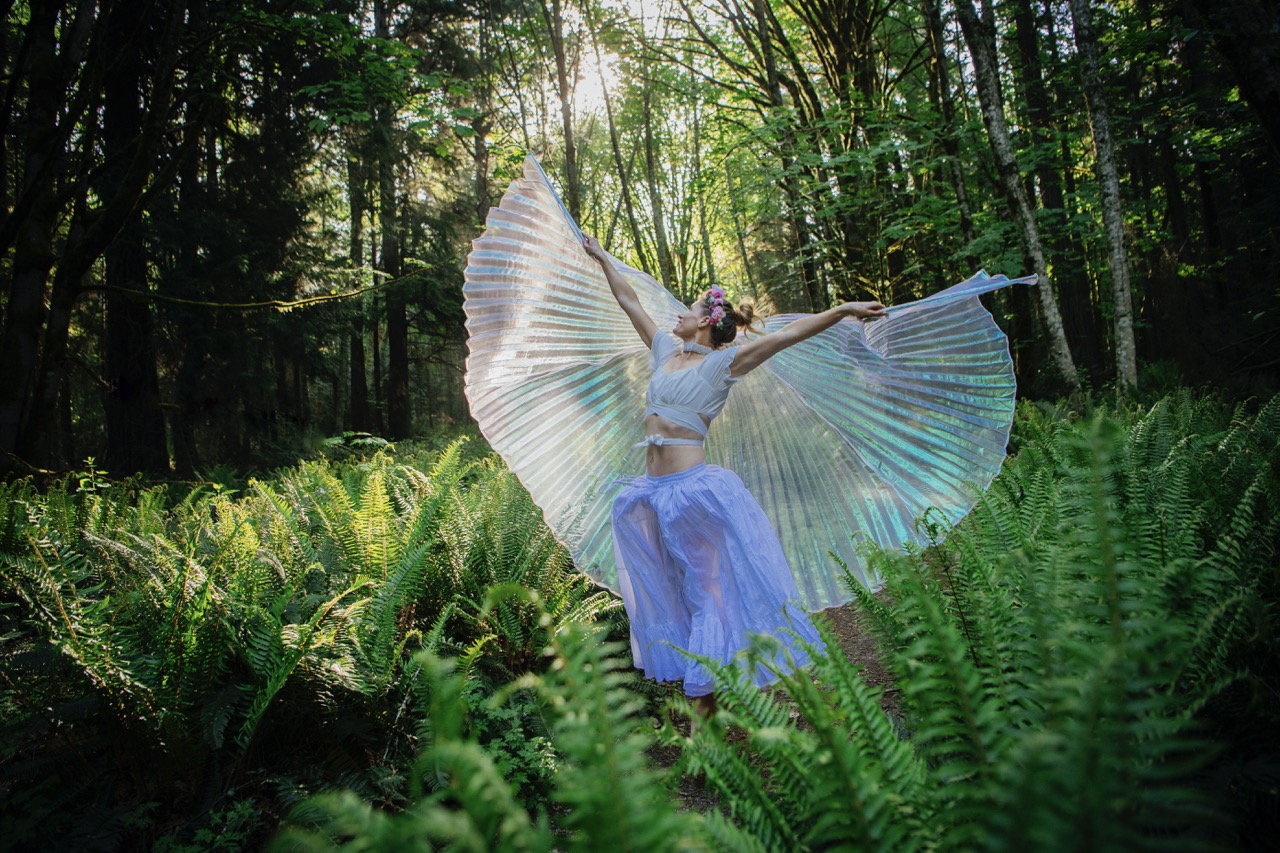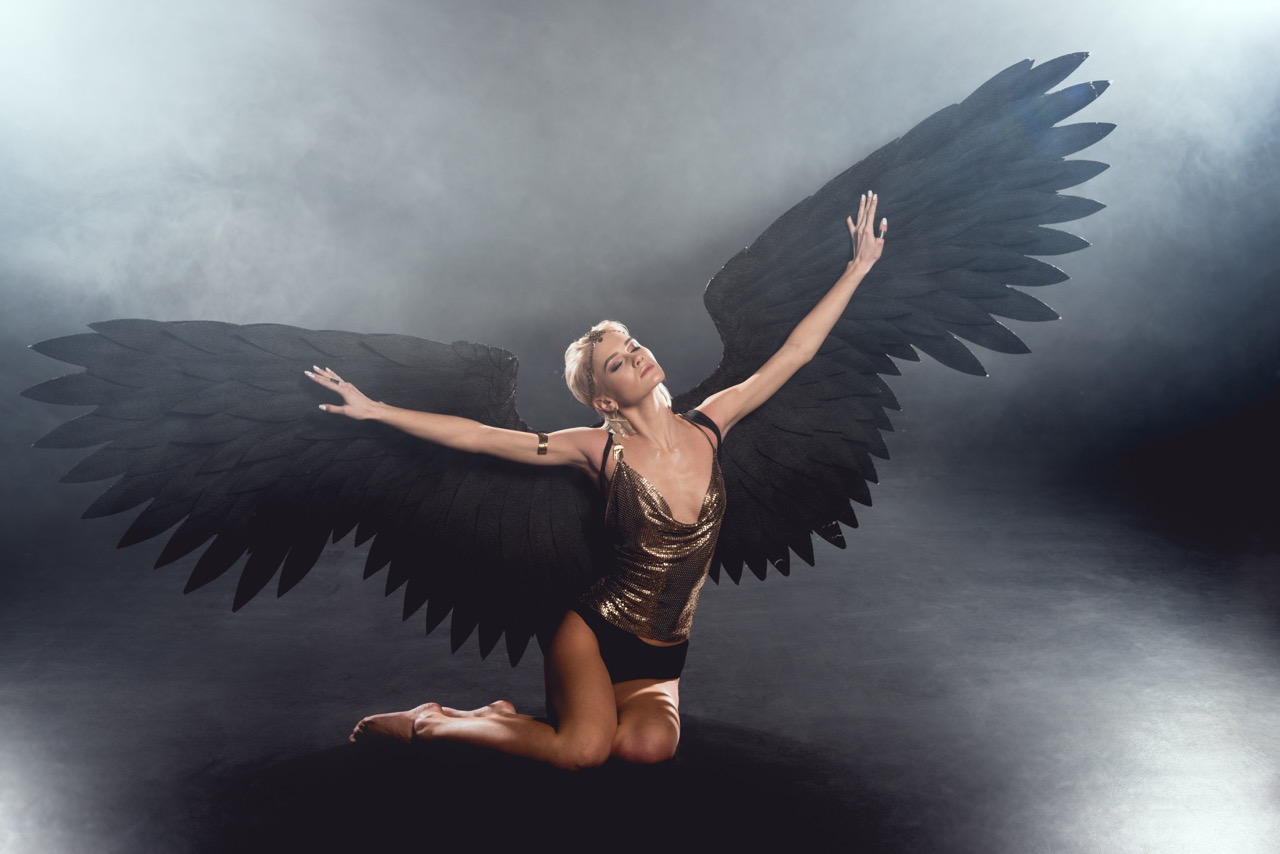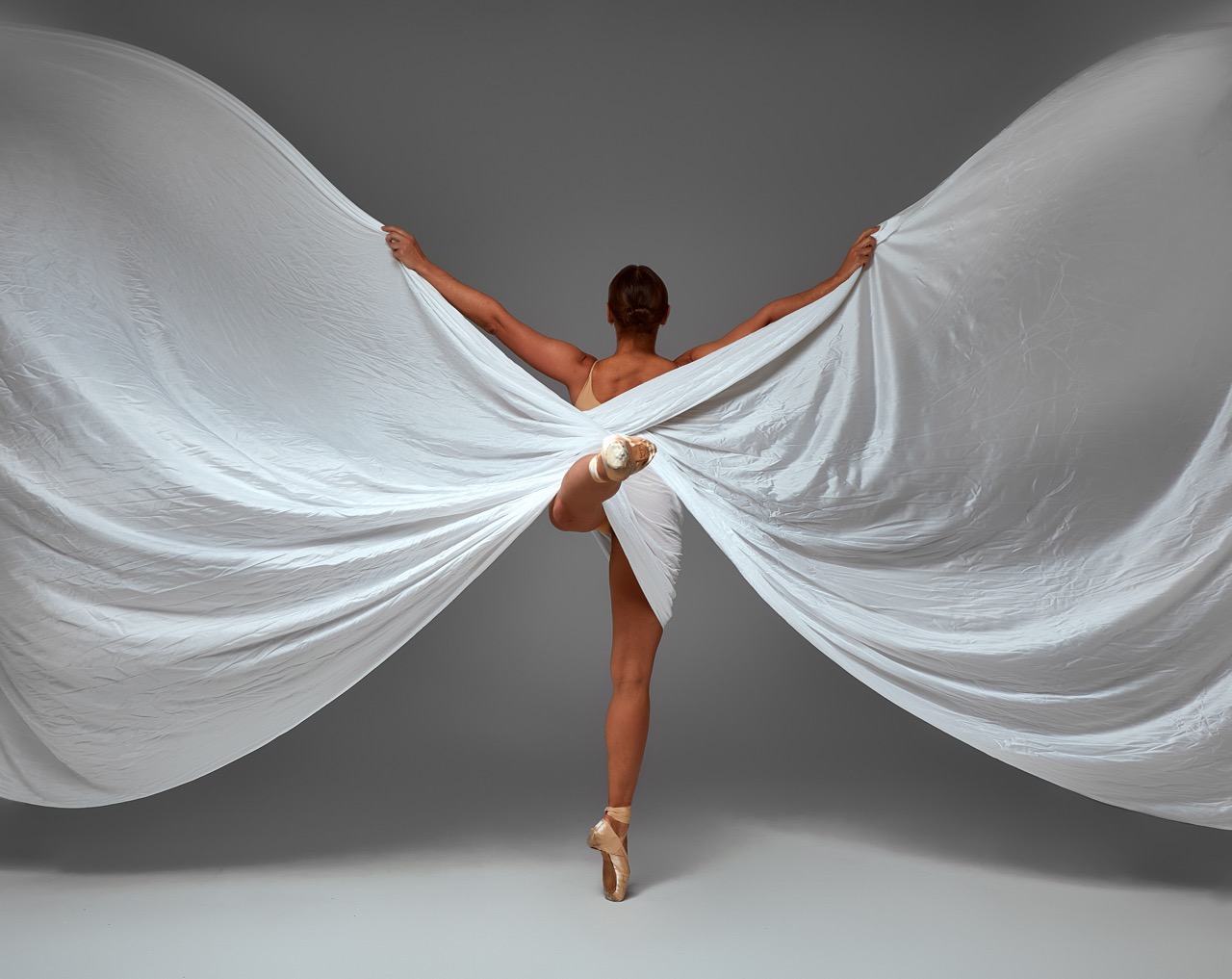The concept of wings has long captivated the human imagination, serving as a powerful symbol in various cultural expressions, particularly in dance and mythology. The ethereal quality of wings evokes a sense of freedom, transcendence, and aspiration, allowing individuals to explore the depths of human experience. This article delves into the multifaceted symbolism of wings, examining their significance in dance and mythology, the metaphors they represent in movement, and how these realms intersect to create a rich tapestry of meaning.
The Ethereal Dance: Unraveling Winged Symbolism
In the realm of dance, wings often embody an ethereal elegance that transcends physical limitations. Dancers don elaborate winged costumes, evoking images of flight and freedom, allowing them to break away from earthly constraints. This symbolic representation invites audiences to engage with the idea of transformation and liberation, as the dancers soar through the air, embodying the duality of earthbound existence and celestial aspiration. The visual spectacle of wings enhances the narrative of many performances, providing a powerful metaphor for the journey toward self-discovery and liberation.
Moreover, wings symbolize the duality of human nature—the struggle between the grounded self and the yearning for transcendence. In various dance forms, from ballet’s delicate, sweeping arm movements to contemporary dance’s expressive freedom, the incorporation of wing-like gestures illustrates this inner conflict. The fluidity and grace of these movements reflect the desire to rise above challenges and limitations, serving as a reminder of the resilience inherent in the human spirit. This duality resonates with audiences, evoking emotions that connect deeply with the shared human experience.
Yet, the symbolism of wings in dance extends beyond individual aspirations; it connects to the broader themes of community and collective journeys. Group performances often utilize wing formations to symbolize unity and interdependence, conveying the idea that while each dancer may aspire to their heights, they are also part of a greater whole. These choreographic choices illuminate the interconnectedness of human experiences, suggesting that our individual journeys toward liberation can be beautifully intertwined, much like the wings of a flock of birds in flight.
Wings in Mythology: Journeys of the Soul and Spirit
Throughout history, wings have played a significant role in mythology, serving as powerful symbols of the soul’s journey and the spirit’s quest for enlightenment. In many cultures, winged beings such as angels, gods, and mythical creatures represent the divine connection between the mortal and the celestial. For instance, in ancient Greek mythology, Hermes, the messenger of the gods, is often depicted with wings on his sandals, symbolizing his role as a guide for souls transitioning to the afterlife. This imagery captures the essence of wings as conduits of spiritual journeys, emphasizing their role in navigating the realms between life and death.
Wings are also emblematic of transformation and rebirth. In various mythologies, the motif of the phoenix rising from its ashes highlights the cyclical nature of existence, where wings serve as a symbol of renewal and hope. The imagery of flight suggests liberation from earthly ties and the possibility of rebirth, inviting individuals to reflect on their own journeys through hardship and transformation. Such myths resonate with audiences across cultures, as they embody universal themes of struggle, resilience, and the pursuit of transcendence.
In addition to representing personal journeys, wings in mythology often signify the connection between different realms—earth, the heavens, and the underworld. The presence of winged beings in creation myths often illustrates the balance between these realms, emphasizing the importance of harmony in existence. This interconnectedness encourages individuals to recognize their place in the broader narrative of life and to seek a deeper understanding of their own spiritual journeys.
The Art of Movement: Wings as Metaphors in Dance
In the world of dance, wings are not merely physical adornments; they serve as profound metaphors for inner experiences. The movement of the arms, reminiscent of wings in flight, can express a wide range of emotions—from joy and freedom to sorrow and longing. Dancers often use these movements to convey themes of aspiration and yearning, reflecting an intrinsic desire to transcend personal limitations. The graceful arc of a dancer’s arm can evoke images of a bird in flight, capturing the essence of freedom while simultaneously reminding audiences of the fragility of such moments.
Furthermore, the use of wings in choreography often allows for an exploration of identity and self-expression. Dancers embody the symbolism of wings as they navigate their unique paths, illustrating the complex interplay between individual aspirations and societal expectations. The act of dancing with wings can represent the struggle to assert one’s identity in a world that often imposes limitations. Through this lens, wings become a metaphor for empowerment, reminding performers and audiences alike of the strength that arises from embracing one’s individuality.
Additionally, the incorporation of wings in dance offers a visual representation of the emotional landscape of the human experience. The rise and fall of winged movements can mirror the ebb and flow of life’s challenges and triumphs. Through the exploration of this symbolism, dancers create narratives that resonate on a deeply emotional level, allowing audiences to connect with their stories. In this way, wings transcend the physicality of movement, becoming a conduit for shared experiences and collective understanding.
Bridging Realms: The Intersection of Myths and Movement
The intersection of mythology and dance creates a rich tapestry of meaning, where the symbolism of wings serves as a bridge between the two realms. Dancers often draw inspiration from mythological narratives, translating ancient stories into physical forms that captivate and engage. This interplay allows for a deeper exploration of themes such as transformation, spirituality, and the quest for freedom, as dancers embody the very essence of these timeless tales through their movements. The act of storytelling through dance emphasizes the relevance of mythology in contemporary contexts, revealing the enduring power of these symbols.
Moreover, the fusion of dance and mythology encourages a dialogue between tradition and innovation. Choreographers often reinterpret mythological themes, infusing them with contemporary significance and inviting audiences to reconsider their meanings. This dynamic exchange fosters a deeper understanding of the cultural contexts in which these myths originated, connecting historical narratives with present-day experiences. By embodying these myths through movement, dancers breathe new life into ancient symbols, creating a resonant space where past and present coalesce.
Ultimately, the convergence of wings, dance, and mythology invites individuals to reflect on their own journeys of self-exploration and spiritual growth. The depiction of winged movements serves as a reminder of the inherent desire to rise above challenges and strive for transcendence. As audiences witness the magical interplay of movement and myth, they are encouraged to embrace their own aspirations and recognize the profound connections that exist within the human experience.
In exploring the symbolism of wings within the contexts of dance and mythology, we uncover a rich and intricate tapestry woven from the threads of human aspiration, spirituality, and transformation. The ethereal nature of wings invites us to reflect on our own journeys—our desires to break free from constraints, to rise above adversity, and to embrace the interconnectedness of our experiences. As we navigate through the realms of movement and myth, we are reminded that wings are not merely symbols of flight; they embody the very essence of the human spirit’s quest for transcendence, connection, and self-discovery.










